There's a danger of shopper overloadso many choices and so little time and that makes packaging a major retail marketing tool that is required to convey the brand's essential qualities and give it on-shelf impact. Sarah Dowding reports
Getting a launch all wrapped up
What makes you choose one brand over another? Well, obviously the contents, but most likely the design, shape and weight of the package as well.
The product has to be convenient to use easy to carry, open, use and reseal, as well as attractive to the consumer, making the contents look appealing.
Packaging is a primary retail marketing medium because good packaging helps to transform a brand from a competitor to a compelling product capable of achieving shelf dominance.
With so many product launches each year the role of packaging is vital to their success or failure. Busy shoppers face a wealth of choices and the danger of consumer overload, confusion and cynicism makes it increasingly difficult for packaging designers to get through to consumers' consciousness. Consumers want products and the associated packaging to offer them clear benefits. Some consumers are very particular about the products they buy and concerns about health and environmental implications and packaging may affect this choice.
Packaging is now perceived as a principle mechanism for generating sales in the fmcg retail sector. So food producers not only have to come up with innovative products packaging styles, materials, containers and technology also play an important role. Packaging can be an integral part of the product in the way it opens and how it handles after use and that too can make a difference between success and failure
In order to maintain momentum, there is a constant search for new and innovative design. But is there more to effective packaging than just good design?
Convenience foods have brought new demands for packaging. Chilled, ambient, frozen and microwaveable foods have different requirements, differing technologies and differing expectations from packaging. Rapid changes in the retailers' supply chain, electronic and radio frequency tagging technology, consumer attitudes and shopping behaviour have all prompted new demands on packaging for example Sainsbury's recently introduced biodegradable packaging.
The industry has developed innovative systems for fast shelf filling, high quality printing for a shelf display that has impact, and for increased protection during transit. The packaging industry is focused on the distribution issues of the future. Most importantly packaging must be able to withstand the rigours of being in transit. The development of intelligent packaging that is instantly identifiable makes the transport of goods along the supply chain easier. There are agreed standards that make stacking, storing and unpacking easier.
And packaging must be cost effective. It must be tough, light and eliminate the need for secondary materials, such as outer cases, while meeting the stringent hygiene requirements of the food industry.
It must also contribute to reduced storage space and costs and ensure simple recycling and disposal. One good example is corrugated packaging in which more than two thirds of the world's retailed commodities are packed and transported. It is one of the most environmentally sound materials and solves 400,000 packaging problems each year.
A Department of Trade and Industry-funded study by the Manchester School of Management found that consumers prefer packaging that allows them to view the contents. Packaging that doesn't can mislead on the size of the product or its fill level.
The study also reiterates that markings on packs should be "user friendly, prominent, easily located, easily understood, consistent across categories and in position." The study also disclosed that about half of consumers ignore the information on packs.
Packaging and its design play an increasingly vital contribution to sales and marketing. The most successful packaging has to say, "see me, feel me, touch me, choose me!"
{{LEADING EDGE }}
Close menu
- Home
- Retail & Wholesale
-
Products & Suppliers
- Back to parent navigation item
- Products & Suppliers
-
Product Categories:
- Back to parent navigation item
- Product Categories:
- Alcoholic drinks
- Bakery
- Cereals & breakfast
- Cheese
- Chicken & poultry
- Chocolate
- Confectionery
- Crisps, nuts & snacks
- Dairy
- Fish
- Fresh produce
- Frozen
- Household
- Meat
- Own Label
- Sauces & condiments
- Seasonal
- Soft drinks
- Vaping
- Vegan & plant-based
- World foods
- Suppliers
- People
- Reports & Data
-
Topics A-Z
- Back to parent navigation item
- Topics A-Z
-
Popular topics:
- Back to parent navigation item
- Popular topics:
- Cost of living crisis
- Crime
- Deposit Return Schemes
- Finance
- Government & Regulation
- Health
- Inflation
- Loyalty
- Marketing
- Mergers & Acquisitions
- New Product Development
- Sourcing
- Supply chain
- Sustainability & environment
- Technology
- Ultra Processed Foods
- Vaping
- A-Z all topics
- Content by type:
- Events
- Subscribe now
Sign in to comment on this article
Not logged in before? Register for FREE guest access today.
You will be able to:
- Read more stories
- Receive daily newsletters
- Comment on stories
Advert



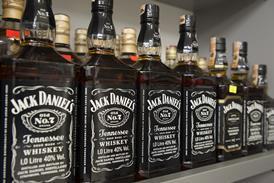
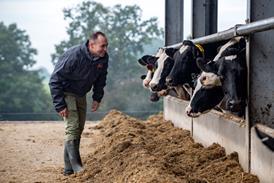


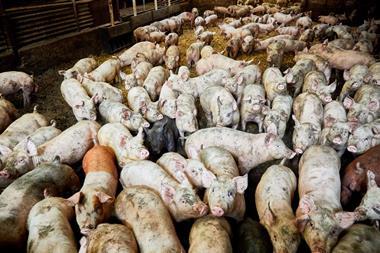

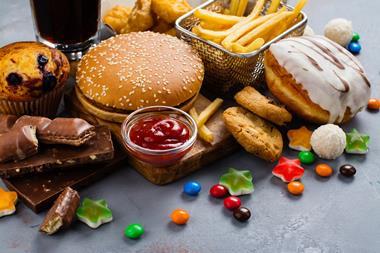
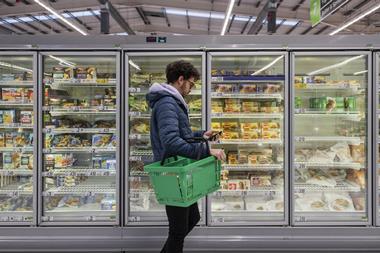


No comments yet